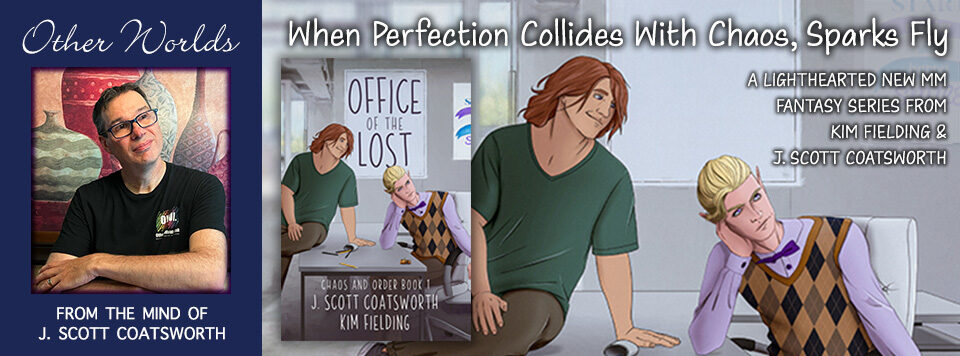
One of the hardest tricks to learn when writing novels is pacing. It’s a little easier with a short story—at 5-15,000 words, it’s harder for readers to become bored with your characters’ exploits. But with a novella or novel, pacing becomes more important.
The classic example of a pacing template comes from the historical Romance market. Once upon a time, there were very specific plot expectations laid out for romance books by the major Romance publishers:
• The characters meet
• They’re in denial about their connection
• They decide to give it a chance
• They date
• There’s a big crisis and a break-up
• Something forces them back together
• They fall hard for each other
• They break up*
• One or both of them make a sacrifice
• There’s a declaration of love
• The Happily Ever After
Each of these is a beat—a step or shift in the plot. In classic romance, publishers required that each these had to occur at a specific point or chapter in the story. It was a bit too structured for my taste, but taken together, these beats provided a road map for writing a satisfying romance.
These days, things are a bit looser, but the basic thinking still applies. Your plot consists of a series of individual events that all link together to craft a larger narrative, your overall story.
Let’s take the original Star Wars film as an example:
Luke’s boring Tatooine life is interrupted by a pair of lost droids carrying an important secret (beat 1). While out to search for one of them, he encounters the mysterious Ben Kenobi (beat 2). When he returns home, he finds his adoptive parents dead (beat 3) and that sends him fleeing to Mos Eisley where he meats a handsome rogue, Han Solo (beat 4). Luke and Ben convince Han to take them to Alderaan, and fall into a trap, as the Millennium Falcon is scooped up by the Death Star’s tractor beam (beat 5).
I could go on, but you can see the point. Each of these events/beats is a carefully orchestrated plot point that leads the reader through the story.
Your story beats and scenes don’t all have to be action-based or fast-paced. It’s just as important to give the reader a little break between your action sequences as it is to hurl them through space at warp speed.
We see an example of this in Luke’s tinkering with R2D2 and managing the farm, which sets up the “normal” life Luke and his family live together. This makes it all the more poignant when that family is brutally massacred.
We get another break in the action when Luke is on the Falcon, learning the basics of how to use the Force.
Even though these scenes should be boring, they’re not, because they convey key information about the plot to the reader—Princess Leia’s secret message and the existence and uses of the Force.
When you’re writing your own novel, you don’t need to know exactly what these beats will be in advance, although some authors find it helpful to figure them all out before ever putting a pen to paper (or fingers to the keys).
Personally, I like to have a general idea of them when I start, and can shuffle them around as I go.
When the pacing seems a little slow, it usually means it’s time to either impart some new information or to kick start the action with a surprise beat and send your plot racing off in another direction.
As we’ve seen above, a good beat can come from several places: an unexpected event that shakes things up. A surprising revelation that provides new information or paints things in a different light. Or an encounter with someone new, who brings their own personality, baggage and character interactions to the story. Look hoe Han’s happy-go-lucky character changed the whole feel of the story.
If you know your characters well enough—who they are, where they came from, and what drives them, both past trauma and future goals—you can also mine this for plot beats too. What will happen when Luke, Han and Leia finally meet? Where will Luke’s search for answers about his past take him? What logical plot beats will Han’s rogue nature bring about, when the consequences of his lifestyle and constant rule-breaking finally catch up with him?
For my own stories, I keep a running chapter by chapter description of the plot so I can see more easily where things might be too slow (or too crazy-fast) and rectify them. This can be really hard to see it when you’re in the trenches, writing a chapter every few days.
As you’re slogging through the long process of writing your novel, keep in mind what landmarks might lie ahead, and how you might use them to keep the story moving and your readers happy.
If you do it right, your plot will hum along steadily like a well-tuned spaceship.
* Thanks to Robin Lovett’s blog for the great list of romance plot beats
